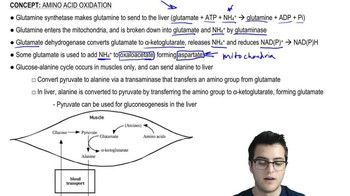Textbook Question
For each of these statements about the genetic code, select True or False.a. T/F Wobble pairing accounts for the redundancy of the genetic code.b. T/F There are 64 different tRNAs that read the 64 possible codons.c. T/F All possible codons are used, but not all codons specify an amino acid.d. T/F Some codons are recognized by proteins, not by tRNAs.
1245
views
1
rank






